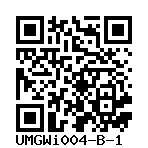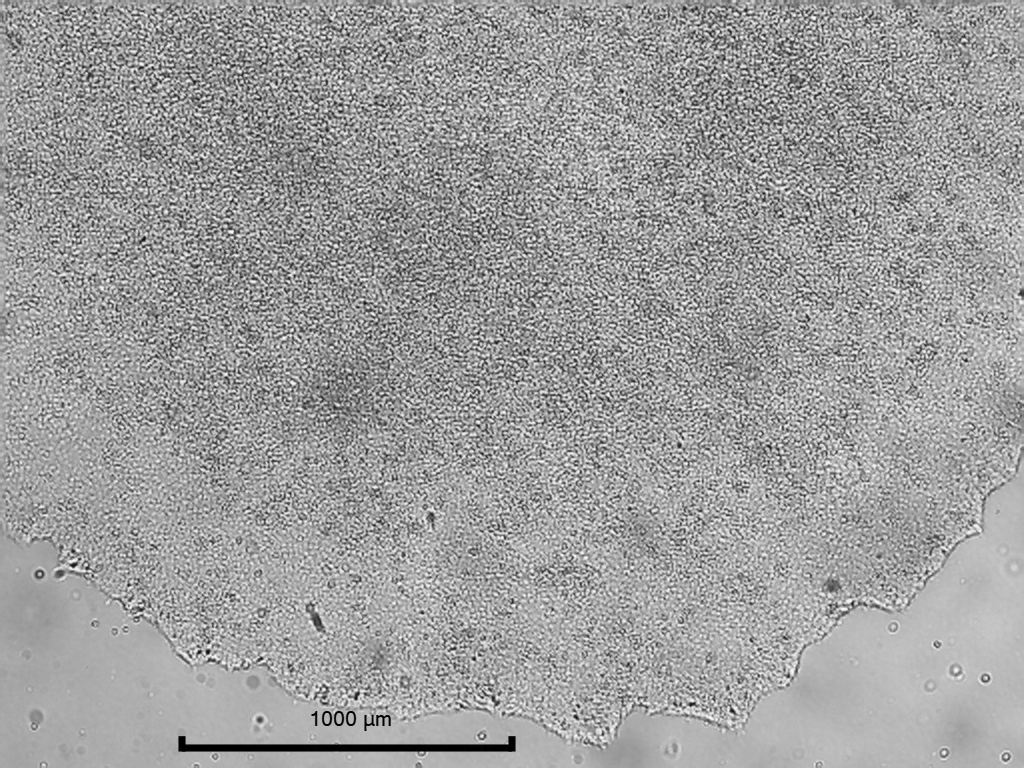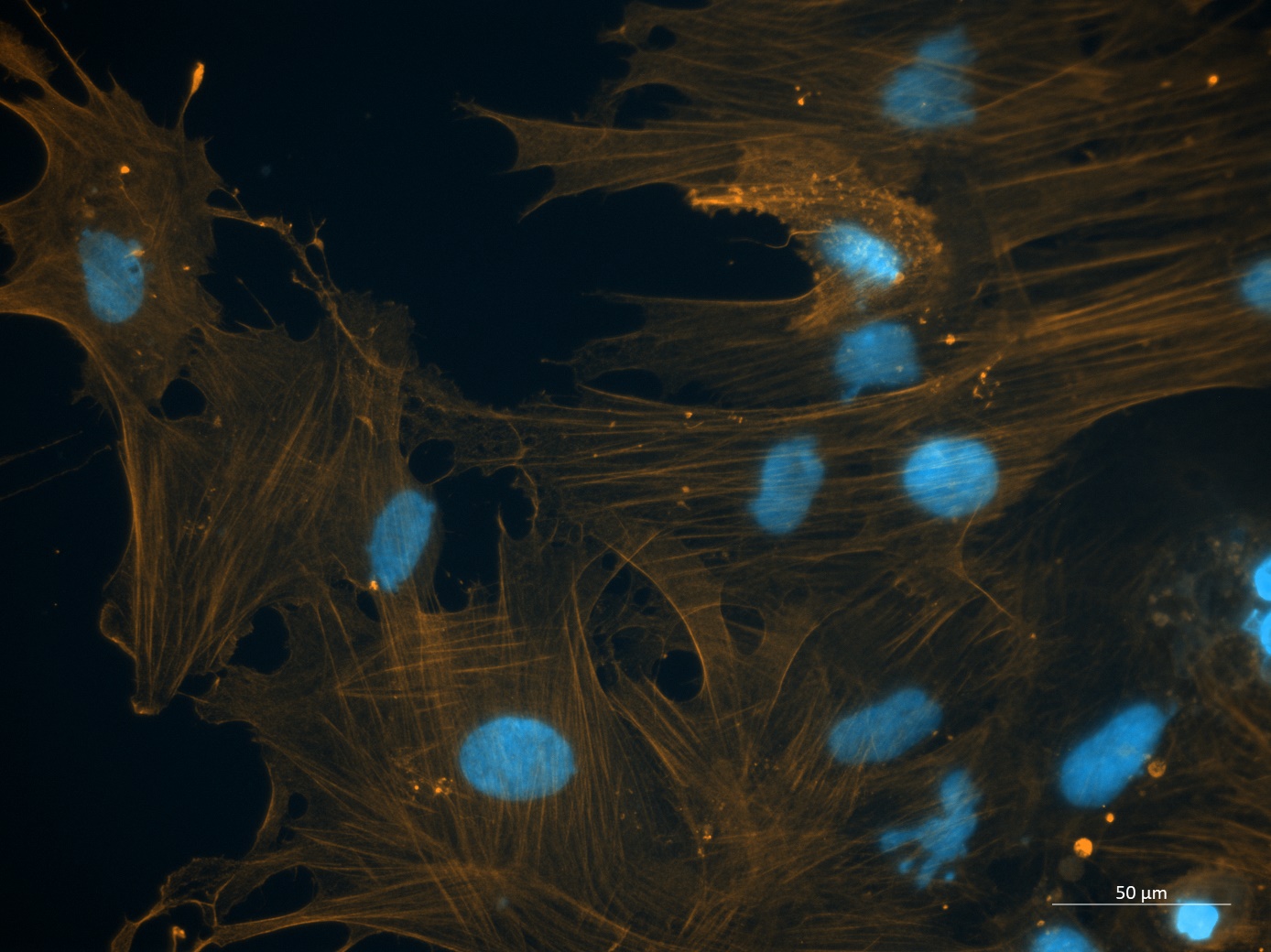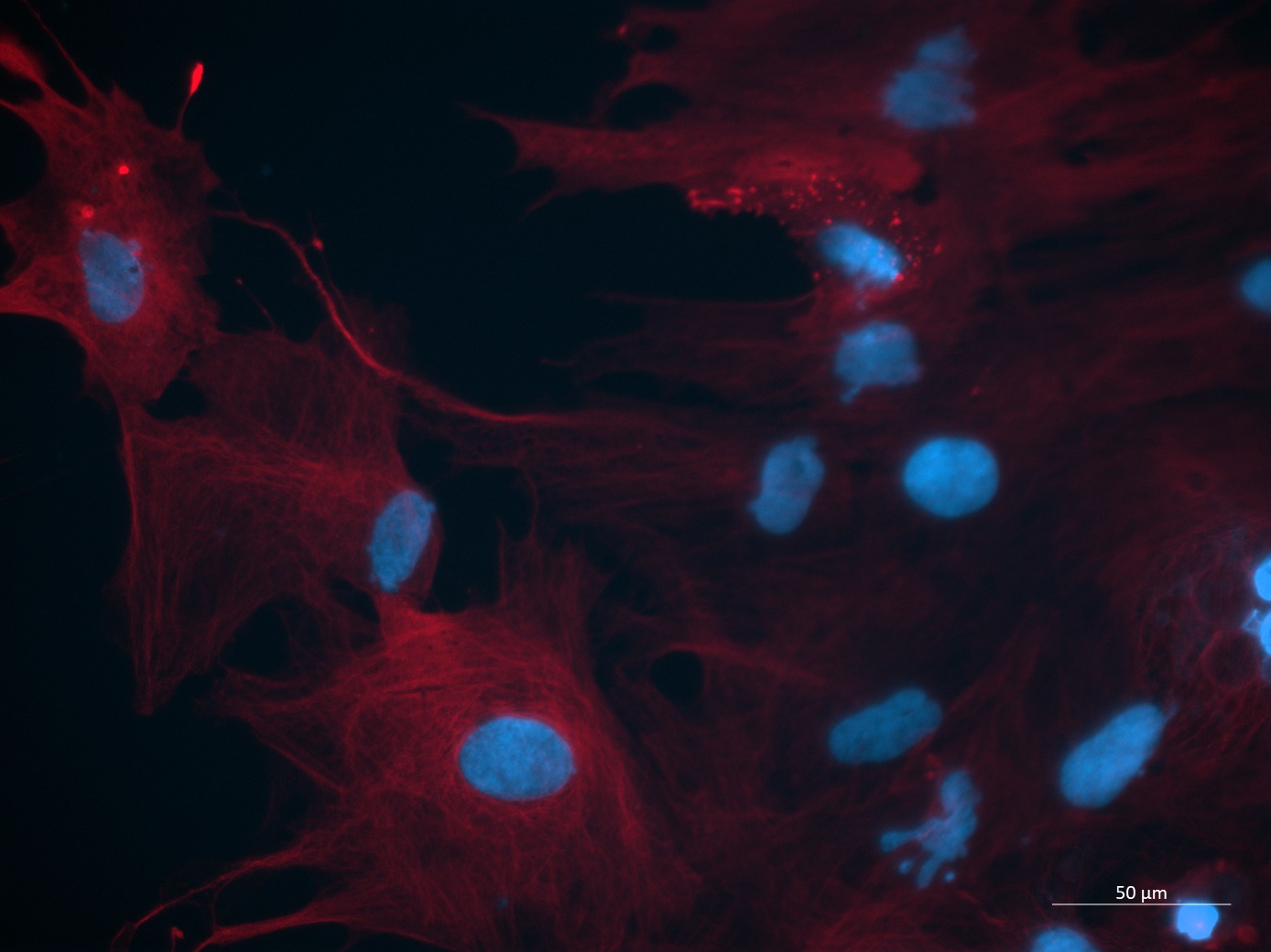BNH1_iPSC_FHS1_cr_well7_JR
UMGWi004-B-1
General
Cell Line |
|
| hPSCreg name | UMGWi004-B-1 |
| Cite as: | UMGWi004-B-1 |
| Alternative name(s) |
BNH1_iPSC_FHS1_cr_well7_JR
|
| Cell line type | Human induced pluripotent stem cell (hiPSC) |
| Similar lines | No similar lines found. |
| Last update | 28th January 2025 |
| User feedback | |
Provider |
|
| Generator | Department of Functional Genomics - Human Molecular Genetics (UMGW) |
| Derivation country | Germany |
External Databases |
|
| BioSamples | SAMEA115884924 |
General Information |
|
| * Is the cell line readily obtainable for third parties? |
No |
| Subclone of | |
Donor Information
General Donor Information |
|
| Sex | male |
Phenotype and Disease related information (Donor) |
|
| Diseases | No disease was diagnosed.
|
Other Genotyping (Donor) |
|
| Is there genome-wide genotyping or functional data available? |
No
|
Donor Relations |
|
| Other cell lines of this donor | |
| All cell lines of this donor's relatives |
Has son:
|
External Databases (Donor) |
|
| BioSamples | SAMEA115116692 |
Ethics
Also have a look at the ethics information for the parental line
UMGWi004-B
.
| For generation of the cell line, who was the supplier of any recombined DNA vectors or commercial kits used? | |
| Are you aware of any constraints on the use or distribution of the cell line from the owner or any parties identified in the query above? | No |
hIPSC Derivation
General |
|
|
The source cell information can be found in the parental cell line
UMGWi004-B.
|
|
Reprogramming method |
|
| Vector type | Non-integrating |
| Vector | Episomal |
| Genes | |
| Is reprogramming vector detectable? |
No |
| Methods used |
PCR
|
| Notes on reprogramming vector detection | PCR for EBNA1 and OriP showed no residual vector in the iPSC |
| Files and images showing reprogramming vector expressed or silenced | |
Vector free reprogramming |
|
Other |
|
| Selection criteria for clones | Sanger sequencing of target gene and analysis of chromatograms with online tools TIDE (http://shinyapps.datacurators.nl/tide/) and indigo (https://www.gear-genomics.com/indigo/) |
| Derived under xeno-free conditions |
No |
| Derived under GMP? |
No |
| Available as clinical grade? |
No |
Culture Conditions
| Surface coating | Matrigel/Geltrex | ||||||
| Feeder cells |
No |
||||||
| Passage method | Mechanically | ||||||
| CO2 Concentration | 5 % | ||||||
| Medium |
mTeSR™ 1
Supplements
|
||||||
| Has Rock inhibitor (Y27632) been used at passage previously with this cell line? | No |
||||||
| Has Rock inhibitor (Y27632) been used at cryo previously with this cell line? | No |
||||||
| Has Rock inhibitor (Y27632) been used at thaw previously with this cell line? | Yes |
Characterisation
Analysis of Undifferentiated Cells
| Marker | Expressed | Immunostaining | RT-PCR | Flow Cytometry | Enzymatic Assay | Expression Profiles |
| SOX2 |
Yes |
|||||
| POU5F1 (OCT-4) |
Yes |
|||||
| NANOG |
Yes |
|||||
| TRA 1-60 |
Yes |
Differentiation Potency
In vitro spontaneous differentiation
Protocol or reference
In vitro spontaneous differentiation
Protocol or reference
In vitro spontaneous differentiation
Protocol or reference
Microbiology / Virus Screening |
|
| Mycoplasma | Negative |
Genotyping
Karyotyping (Cell Line) |
|
| Has the cell line karyotype been analysed? |
Yes
46/XY
Passage number: 13
Karyotyping method:
low-coverage whole genome sequencing (lcWGS)
|
Other Genotyping (Cell Line) |
|
Genetic Modification
| Disease/phenotype related modifications |
|






Login to share your feedback, experiences or results with the research community.